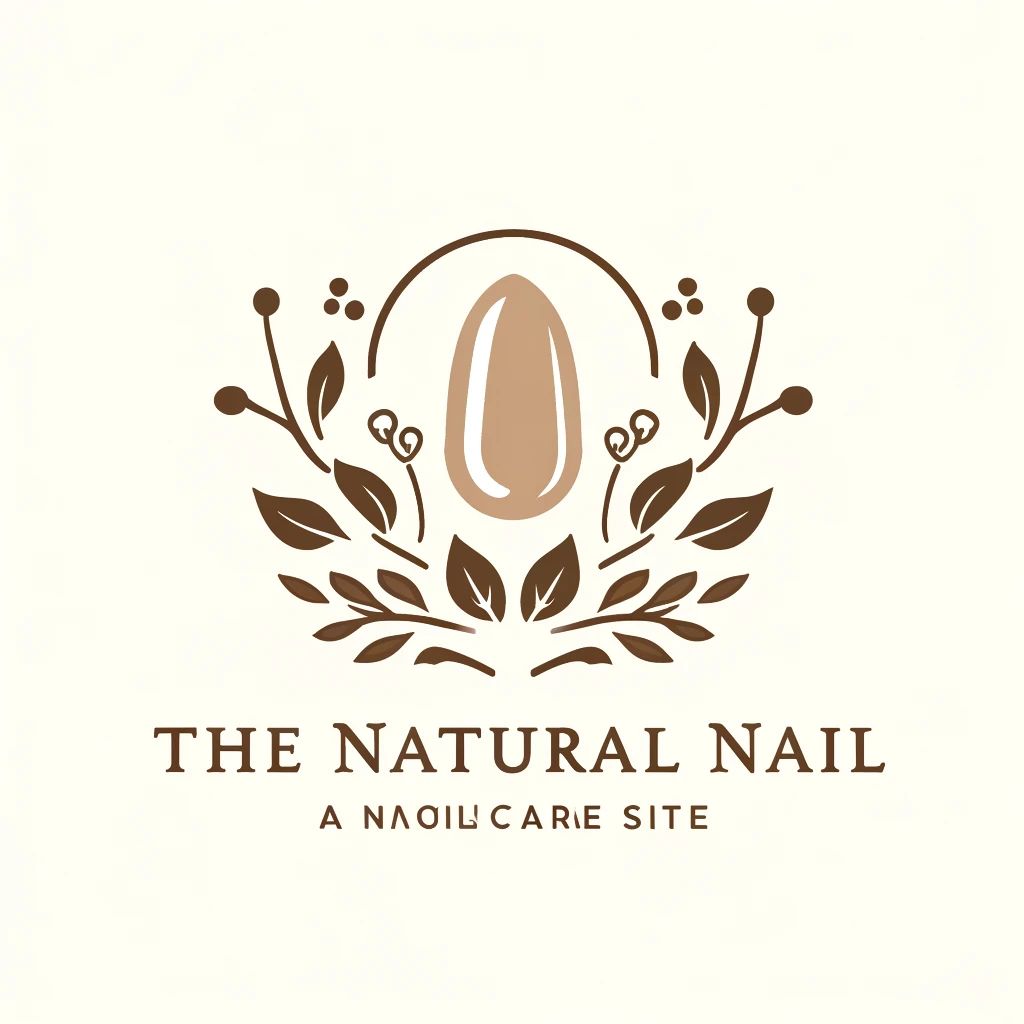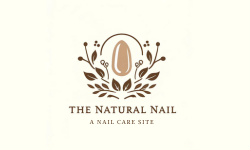Many people associate artificial nails with confidence and self-expression. Their capacity to transform our fingertips into works of art with stunning hues, exquisite designs, and coveted length is undeniable. Acrylics provide a level of nail customization and safe use of acrylic nail powder that standard polishes cannot match, ranging from classic French manicures to eye-catching neon tips topped with crystals.
However, the appealing appearance of artificial nails should not outweigh the significance of safety. While the application method may appear simple, acrylic nail supplies, notably the powder and its associated liquid monomer, contain chemicals that, if not handled properly, can pose serious health concerns. These dangers can include lung irritation, skin sensitivities, and even damage to the natural nail plate.
The following piece intends to help you navigate the world of acrylic nails with knowledge and confidence. We’ll look at the science behind acrylic nail powder, including its composition and potential effects on your health. More importantly, we’ll provide you with a complete list of safety precautions to ensure that your journey to beautiful nails is both healthy and pleasurable.
Understanding Acrylic Nail Powder

Artificial nail powder is an essential ingredient in the production of artificial nails. It is a fine, colored, or transparent powder made from the polymer polymethyl methacrylate (PMMA). When combined with a liquid monomer, a chemical reaction takes place, resulting in a moldable substance that hardens to form the artificial nail. For quality results, consider using products from the best acrylic nail powder brands.
Safety Concerns and Precautions

When used correctly, acrylic nails are generally safe for the majority of individuals. However, there are some health hazards to consider. Here’s an overview of the main concerns and how to address them:
- Respiratory Issues: Acrylic liquid monomers produce powerful fumes that can irritate the lungs and sinuses.
- Precaution: Always work in an area with good ventilation. Open the windows and use a fan to disperse smells. Consider wearing a well-fitting mask developed specifically for organic vapors, rather than a surgical mask.
- Skin Irritation and Allergic Reactions: Contact dermatitis, a kind of eczema, can result from exposure to acrylic materials. This might result in redness, irritation, blisters, and dryness around the nails and fingers.
- Precaution: Before proceeding with a complete treatment, perform a patch test on your skin to determine sensitivity. Apply a tiny amount of the liquid-powder mixture on your forearm and wait 24 hours. If you experience any irritation, discontinue use. To avoid skin contact with acrylic materials, wear disposable gloves.
- Nail Damage: Acrylic nails that are applied or removed incorrectly might cause damage to the natural nail plate. This can cause thinning, weakness, and splitting of the nails.
- Precaution: If you’re new to acrylics, consider having them applied by a professional nail technician who understands proper application and removal techniques. When removing acrylics at home, avoid forcing them off. Soak them in acetone-based remover according to the product instructions.
- Fire Hazard: Acrylic liquids are flammable and easily ignited.
- Precaution: Avoid using acrylic products near open fires, cigarettes, or heat sources. Keep acrylic materials in a cool, dry place away from direct sunlight.
Additional Safe Use of Acrylic Nail Powder TipsEssential Safety Tips for Using Acrylic Nail Powder

- Maintain Good Hygiene: Always thoroughly clean your hands before and after working with acrylic products. This helps to stop the spread of bacteria and fungal illnesses.
- Don’t Overfill the Cuticle Area: Overfilling can trap moisture and create a breeding ground for bacteria.
- Avoid Picking or Biting Your Nails: This can damage the natural nail and increase the risk of infection.
- Take Breaks: Give your natural nails a break from acrylics every few months to allow them to breathe and recover.
- Listen to Your Body: If you experience any discomfort, burning, or unusual symptoms during or after application, remove the acrylics and consult a doctor.
Alternatives to Acrylic Nails

If you’re concerned about the safety issues linked with acrylic nail powder, there are other nail improvement choices available:
- Gel Nails: Gel polish is cured under a UV or LED lamp and can provide a similar look to acrylics. However, gel can also be damaging to nails if not applied or removed correctly.
- Press-on Nails: These pre-made nails provide a temporary remedy and come in a variety of designs and lengths. They normally apply using adhesive tabs, although some stronger glues may provide similar health hazards as acrylics.
- Nail Strengthener: Consider using a nail strengthener to promote healthy nail growth and avoid artificial enhancements altogether.
Conclusion
In conclusion, acrylic nail powder provides a plethora of creative options for enhancing your nails. However, safety should never be sacrificed in the goal of beautiful fingertips. By taking the precautions indicated here, you can considerably limit the hazards connected with acrylic use while also enjoying the confidence and beauty they give. Remember that listening to your body and seeing a dermatologist if necessary are critical steps.
Ultimately, the decision between natural nails and enhancements is personal. Acrylics might be an excellent choice for people looking for a quick yet noticeable change. But don’t forget that strong natural nails are the foundation for beautiful hands, whether or whether they’re painted with acrylics. So, take a deep breath, accept the safety precautions, and prepare to create your own unique nail art masterpiece – responsibly, of course!

